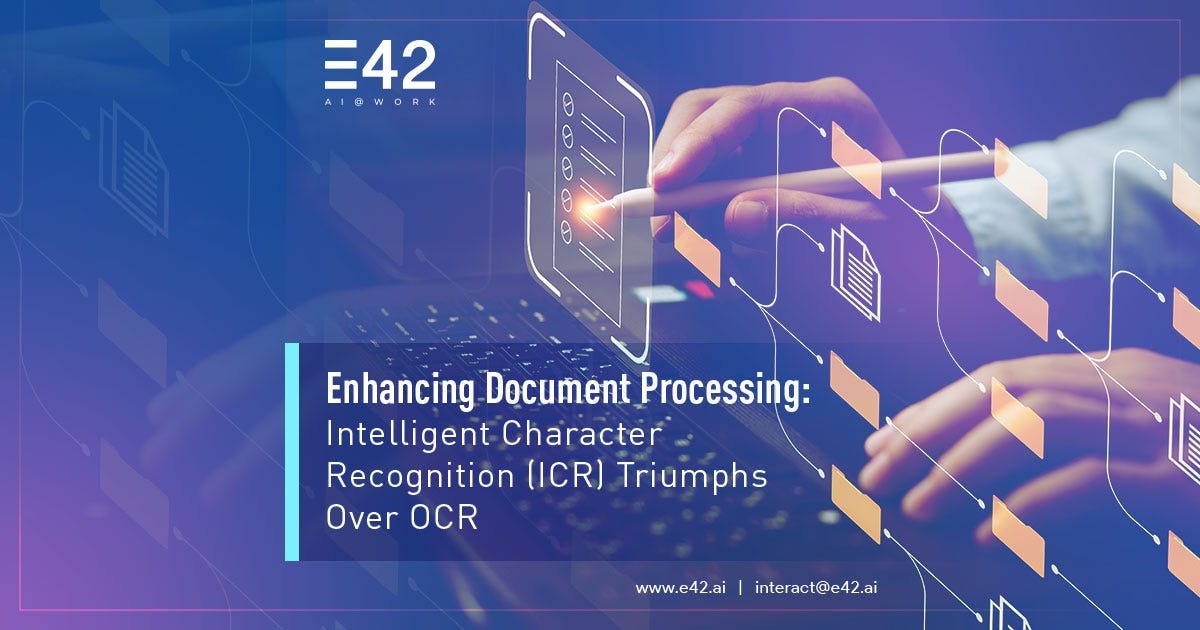Optical Character Recognition (OCR) technology has revolutionized the way we digitize and process text from various sources, ranging from scanned documents to images captured by smartphones. However, as OCR applications expand globally, one of the most significant challenges is achieving accurate text recognition across multiple languages. In this article, we will delve into the complexities of multilingual OCR and explore strategies for improving accuracy in this critical area of text recognition technology.
Understanding Multilingual OCR
The Complexity of Multilingual Text
Multilingual text presents unique challenges for OCR systems due to differences in language structure, character sets, and writing styles. Languages vary in terms of character complexity, script direction (left-to-right, right-to-left, or vertical), and the presence of diacritical marks, such as accents or ligatures. Moreover, languages with non-Latin scripts, such as Chinese, Japanese, or Arabic, require specialized handling to ensure accurate recognition.
Language Detection and Script Recognition
One of the initial steps in multilingual OCR is language detection, identifying the language(s) present in the text to optimize recognition accuracy. Additionally, OCR systems must recognize the script used in the text, whether it’s Latin, Cyrillic, Arabic, or other writing systems. Accurate language and script detection are crucial for selecting appropriate recognition models and language-specific processing rules.
Challenges in Multilingual OCR
Character Confusion and Ambiguity
Many languages share similar characters or symbols, leading to potential confusion during OCR processing. For example, certain letters in the Latin alphabet may resemble characters in other scripts, making it challenging to distinguish between them accurately. Similarly, homographic characters, which have the same visual representation but different meanings across languages, can introduce ambiguity into the recognition process.
Variability in Writing Styles
Languages exhibit significant variability in writing styles, including variations in font styles, character shapes, and handwriting quality. Handwritten text, in particular, poses challenges for OCR due to variations in individual writing styles, stroke thickness, and penmanship quality. Additionally, cursive or stylized fonts may introduce distortions that affect character recognition accuracy.
Strategies for Improving Accuracy
Training Data Diversity
To enhance multilingual OCR accuracy, OCR systems require diverse and representative training data covering a wide range of languages, scripts, and writing styles. Training datasets should include samples of text from different regions, dialects, and historical periods to capture linguistic diversity accurately. Moreover, incorporating data augmentation techniques, such as image rotation, scaling, or noise injection, can help improve the robustness of OCR models to variations in text appearance.
Language-Specific Model Optimization
Tailoring OCR models to specific languages or language families can significantly improve recognition accuracy. By optimizing model architectures, training parameters, and post-processing algorithms for each language, OCR systems can better handle the unique characteristics of different writing systems. Language-specific dictionaries, character sets, and linguistic rules can also aid in resolving recognition errors and improving text accuracy.
Future Directions and Challenges
Continuous Learning and Adaptation
As languages evolve and new writing styles emerge, OCR systems must adapt to changing linguistic landscapes. Continuous learning approaches, such as neural network fine-tuning and transfer learning, enable OCR models to update and refine their knowledge over time. Moreover, leveraging crowd-sourced data and user feedback mechanisms can help identify and address emerging language-related challenges effectively.
Standardization and Benchmarking
Standardization efforts play a crucial role in advancing multilingual OCR technology by establishing common evaluation metrics, datasets, and benchmarks for performance assessment. Collaborative initiatives, such as international OCR competitions and evaluation campaigns, facilitate knowledge sharing and foster innovation in the field. By benchmarking OCR systems against standardized tests and real-world use cases, researchers and developers can measure progress and identify areas for improvement.
In conclusion, achieving accuracy in multilingual OCR is a complex yet essential endeavor for enabling effective text recognition across diverse linguistic contexts. By understanding the challenges inherent in multilingual text processing and adopting tailored strategies for optimization, OCR developers can enhance recognition accuracy and expand the accessibility of OCR technology to global users. As multilingual OCR continues to evolve, collaboration, innovation, and a commitment to linguistic diversity will drive advancements in this critical area of text recognition technology.

